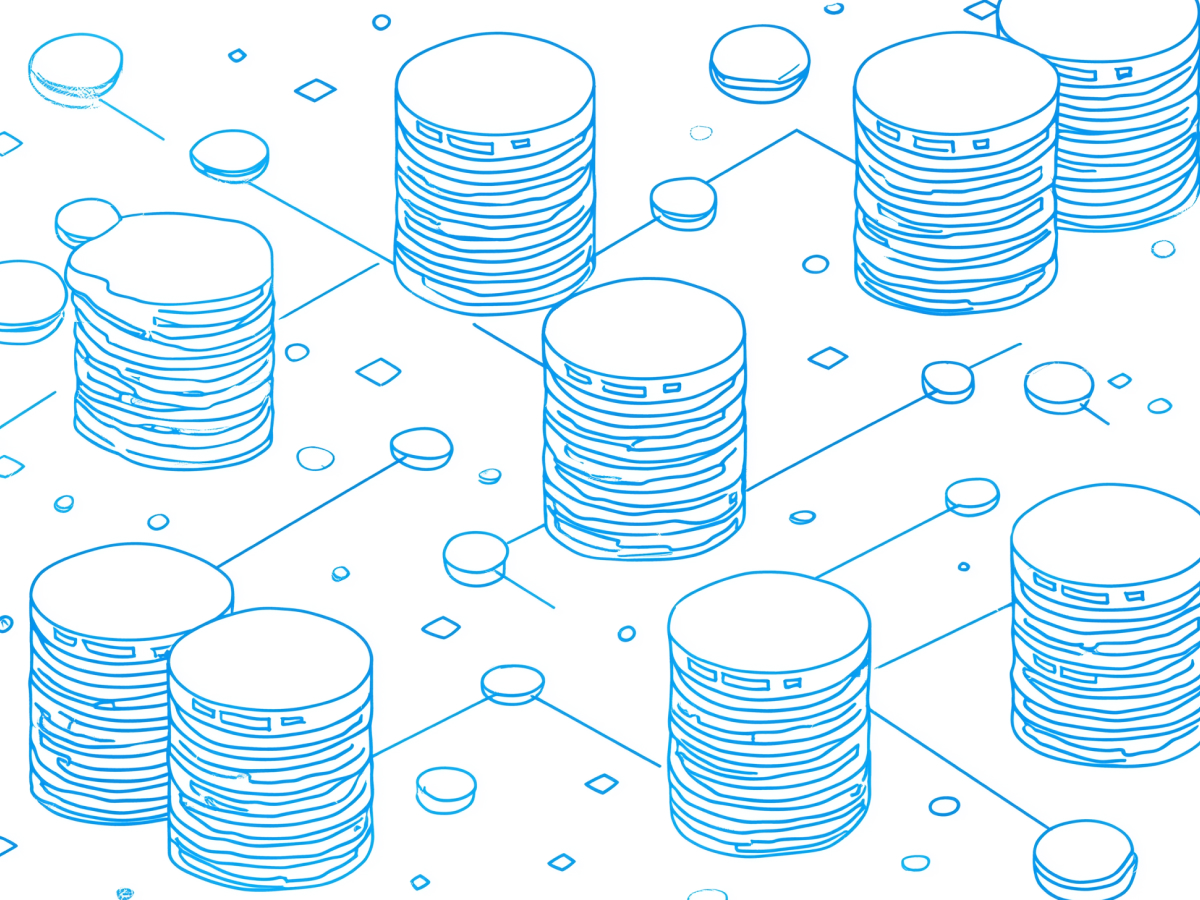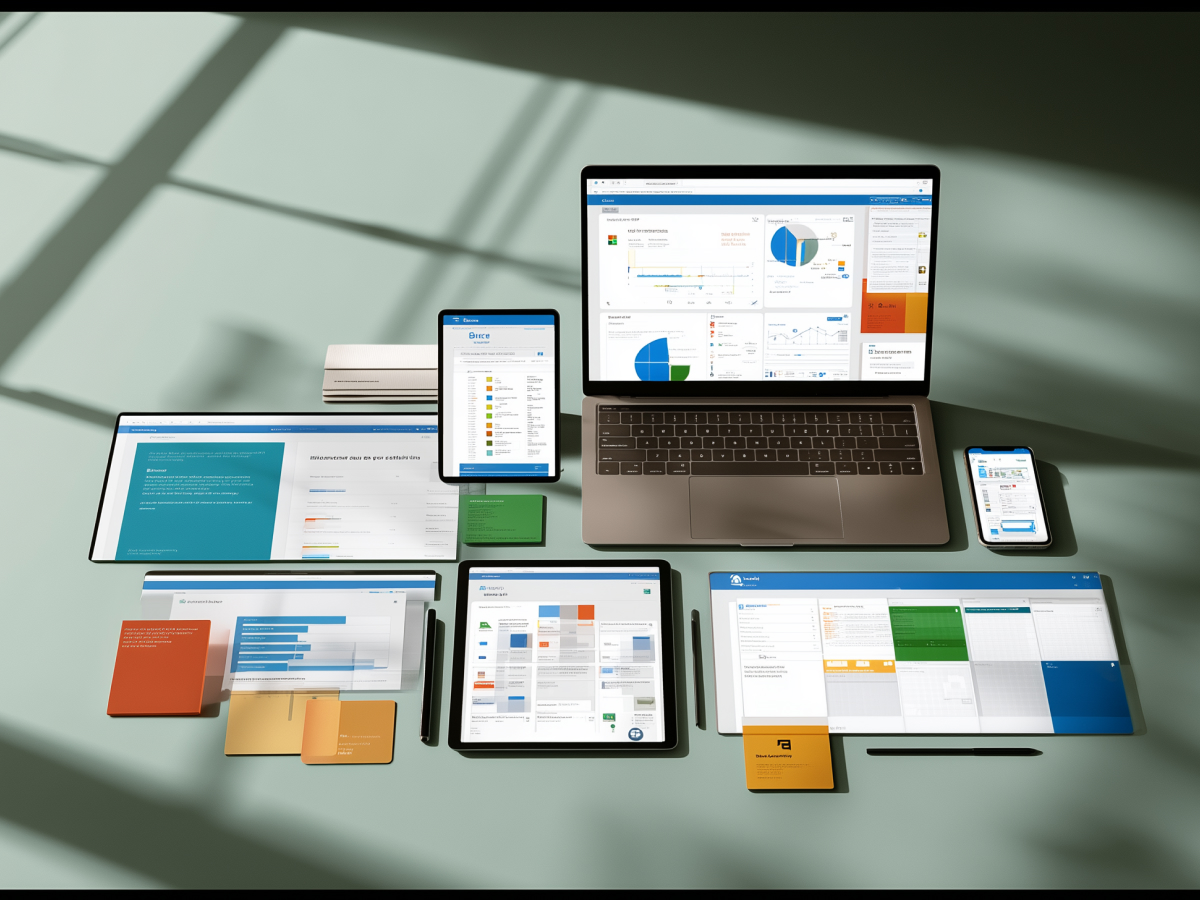A process-driven approach is key to sustainable app modernization
Most businesses get app modernization wrong. They chase the latest tech trends, cloud migration, microservices, serverless computing, thinking these will future-proof their applications. But here’s the thing: technology moves fast. What’s cutting-edge today is outdated in a few years. If your strategy is based on jumping from one tech wave to the next, you’re always playing catch-up.
Instead of focusing on technology, focus on your process. How you build, test, and deploy software is far more important than what specific technology you’re using. A strong process makes your business adaptable. It allows you to integrate new tech as it emerges, without major disruptions. This is why modernizing software delivery processes is the key to long-term success.
Identifying inefficient processes through value stream analysis
You can’t improve what you don’t measure. That’s why the first step in process modernization is identifying what’s slowing you down. Many businesses waste time on unnecessary steps, manual approvals, and outdated workflows. The answer? Value stream analysis, a powerful tool to map out every step in software delivery and find the biggest inefficiencies.
Think of it like optimizing a supply chain. If raw materials take too long to move through a factory, you don’t just work faster, you figure out where the bottlenecks are. Maybe it’s an outdated assembly step. Maybe it’s unnecessary quality checks that slow everything down without adding real value. Software development is no different.
“In analyzing the time and effort spent on each stage, from planning to deployment, you can cut out waste, streamline approvals, and automate where it makes sense.”
Measuring software delivery efficiency with quantitative metrics
A good strategy isn’t based on opinions; it’s based on data. If you want to know whether your modernization efforts are working, you need hard numbers. That’s where DORA metrics come in, a set of four key indicators that measure how fast and reliably you deliver software.
- Deployment frequency: How often do you release updates?
- Lead time for changes: How long does it take for a new feature to go from code to production?
- Change failure rate: How often do deployments fail or cause issues?
- Mean Time to Recover (MTTR): When something breaks, how fast can you fix it?
These metrics give you a clear picture of where you stand. If your deployment frequency is low, your process isn’t fast enough. If your failure rate is high, your quality control needs improvement. If your recovery time is slow, your incident response is weak.
Automation is key for speed, accuracy, and security
Manual processes are slow, expensive, and error-prone. In software development, every manual step is a potential failure point. That’s why automation is invaluable.
Take software testing. If your team manually reviews every code update, mistakes will slip through, and deployments will take forever. But if you automate testing, every change gets checked instantly, with near-zero human error. It’s the same with deployments. Instead of engineers manually pushing updates, continuous deployment pipelines can ship code automatically, faster and safer.
Security is another big reason to automate. Humans make mistakes. A simple misconfiguration can expose sensitive data or open security holes. Automated security scans, compliance checks, and infrastructure management can eliminate these risks before they cause damage.
Rewriting outdated management processes for modern environments
Old habits die hard, and legacy management processes are often the biggest bottlenecks in software modernization. Many companies still operate as if software is built in massive, one-time releases, following rigid approval structures and slow, sequential workflows. That might have worked in the 1990s, but today, it’s a liability.
If you’re still using a waterfall approach, where each phase of development (planning, design, testing, deployment) is completed before moving to the next, you’re already behind. Modern companies move fast. They ship updates daily, sometimes multiple times a day. This is only possible with agile and DevOps methodologies, which break projects into small, iterative updates that continuously improve the product.
The reality is, legacy processes don’t scale in a market where speed and adaptability are competitive advantages. You don’t need lengthy approval chains to ship code. You need automated testing, continuous integration, and a change management process. If your team still relies on manual approvals or outdated governance structures, you’re slowing down innovation.
Shifting the organizational mindset toward process optimization and automation
Technology isn’t the hardest part of modernization, changing how people think is. Many teams recognize the value of automation but default to manual processes because they’re familiar. This isn’t just a technical challenge; it’s a cultural one.
The mindset shift starts with leadership. If executives and managers still measure success based on outdated KPIs like the number of hours worked or lines of code written, they’re missing the bigger picture. The real measure of success is how efficiently and reliably you deliver value to customers. That means prioritizing automation, reducing unnecessary steps, and optimizing workflows.
Instead of treating automation as an afterthought, make it the default. Encourage teams to automate repetitive tasks, optimize inefficient workflows, and adopt continuous improvement as a habit. Once your organization starts thinking this way, modernization stops being an initiative and becomes a built-in advantage.
Overcoming resistance to change and resource constraints
Even when the benefits are obvious, change is hard. People resist it for three reasons:
- Comfort with the status quo: “This is how we’ve always done it.”
- Lack of time and resources: “We’re too busy to change.”
- Unclear leadership: “Who’s in charge of making this happen?”
The best way to push past these barriers is to start small and focused. Instead of overhauling every process at once, pick a high-impact area, maybe test automation, maybe deployment speed, and show quick results. Once people see the benefits, momentum builds naturally.
Leadership is key. If executives treat modernization as “just an IT project,” it will never take off. But if C-suite leaders actively push for process improvements and set clear expectations, change happens faster.
Process modernization brings long-term technological adaptation
The companies that win aren’t the ones that adopt new technology the fastest; they’re the ones that can adapt consistently, over time. If your process is strong, you can integrate new tech without disruption. If your process is weak, every upgrade feels like a complete overhaul.
Look at how companies handle cloud adoption. Businesses with modernized workflows can migrate workloads seamlessly, taking advantage of new cloud capabilities as they emerge. Meanwhile, companies stuck in rigid, manual processes struggle with every transition. The difference? Process agility.
This is about building a culture that embraces change. The best businesses are those that aren’t afraid to break outdated models and rethink how they work. They don’t just chase trends, they build systems that can handle whatever comes next.
If your company is still debating whether to modernize, you’re already behind. The best time to start was yesterday. The second-best time is today. Optimize your processes, automate everything possible, and make adaptability a core strength. That’s how you stay ahead, not just for the next five years, but for the long haul.
Key takeaways for executives
- Prioritize process modernization over technology upgrades: Chasing the latest technology without fixing inefficient software delivery processes leads to recurring modernization challenges. Leaders should focus on development workflows for long-term adaptability.
- Use automation to improve speed, accuracy, and security: Manual processes slow down deployments, increase errors, and introduce security risks. Organizations should invest in automation to increase efficiency, reduce failures, and support continuous software delivery.
- Use data-driven metrics to optimize software delivery: Decision-makers should track key performance indicators like deployment frequency, lead time for changes, and failure rates using DORA metrics. This makes sure process improvements are measurable and aligned with business goals.
- Overcome resistance to change by starting small and scaling: Legacy mindsets and resource constraints can stall modernization efforts. Executives should pilot process improvements within a small team, demonstrate quick wins, and gradually expand successful strategies across the organization.





